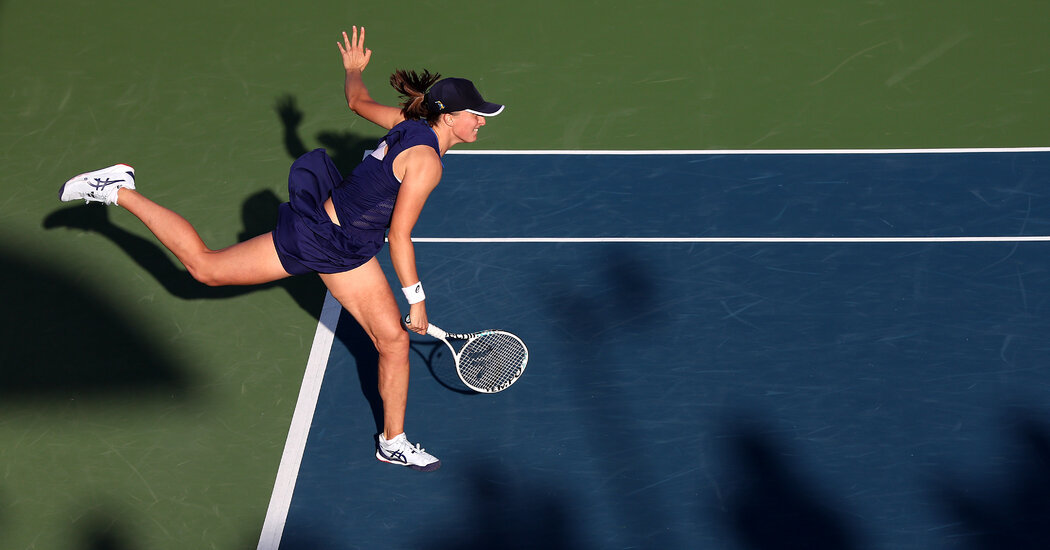
But the biggest issue in women’s tennis now is financial stability. Despite the WTA adding Hologic as a title sponsor earlier this year, the loss of revenue from China has forced the tour to operate at a deficit all season. Earlier this year, Saudi Arabia tried to step in and make an investment, similar to the one that it made in men’s golf in the form of the LIV tour, but it was rebuffed.
To rebuild its financial house, the WTA is set to announce that CVC Capital Partners, a private equity firm based in Luxembourg, is investing $150 million over the next five years to hold a 20 percent stake in the tour.
Simon, the WTA chairman and chief executive, declined to be interviewed about the deal, saying in an emailed statement, “The WTA can confirm we are in exclusive discussions with CVC Capital Partners regarding a strategic agreement, which would strengthen women’s tennis and support the ambitious growth of the tour.”
Much of that money would go toward equalizing prize money between the WTA and the ATP.
Wimbledon and the Australian, French and U.S. Opens offer equal prize money to men and women, as do major combined tournaments in Indian Wells and Miami. But in Rome, for example, even though the men and women play side by side, Novak Djokovic, the men’s champion last year, earned almost $900,000 while women’s winner Swiatek took home less than half that.
“In Miami, equality is a given,” said James Blake, a former player and the current tournament director for the Miami Open. “It’s goes back to Venus [Williams] when she fought for equal prize money at Wimbledon. We also have equal time for men and women on the show courts, equal practice courts, even equal locker rooms. I’m very proud of that.
“The men may be a bigger draw right now, but the women might be next year,” Blake added. “We need to all work together equally. A rising tide raises all of the ships.”
Simon has been the chief executive of the WTA Tour since 2015. Assuming that the deal with CVC goes through, Lawler, the WTA president, said that he would remain chairman of the WTA Tour and she would stay on as president. But CVC will add its own executive, another administrative position in an organization than can sometimes resemble a seven-layer cake. Since its inception in 1973, two women, Anne Person Worcester and Stacey Allaster, have served as chief executives of the WTA.